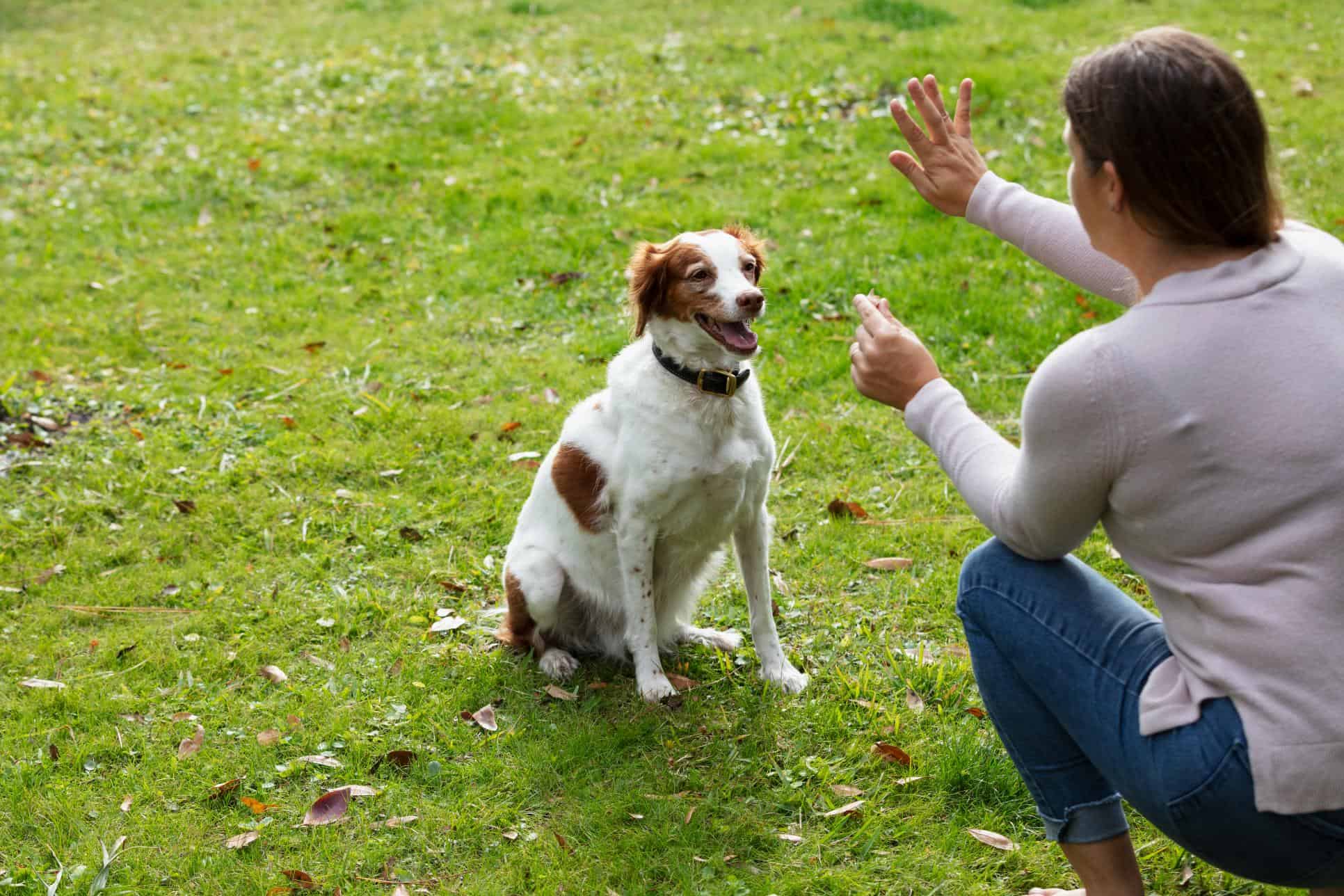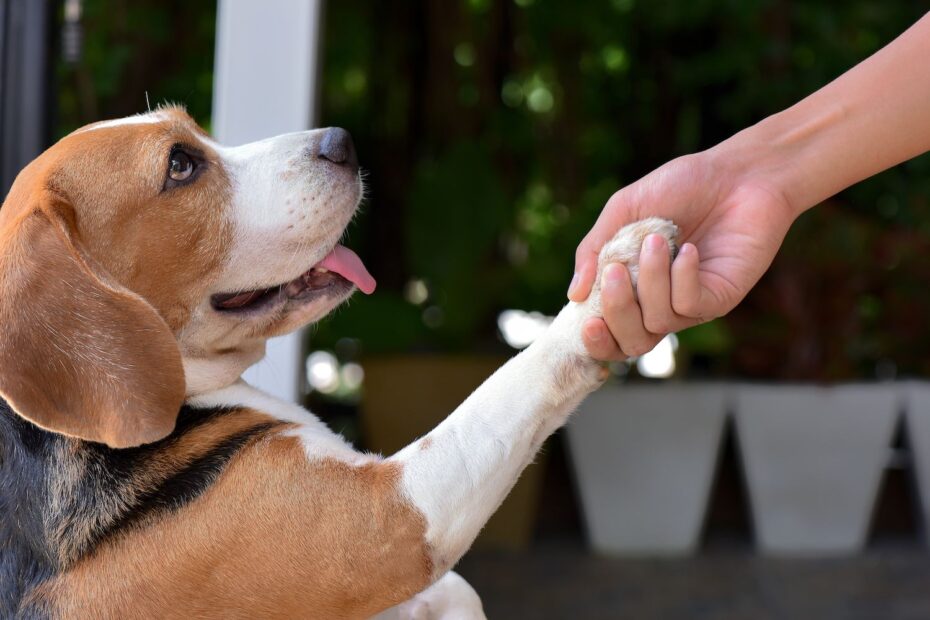Training pets is important. It helps them learn good behavior. Positive reinforcement is a great way to train pets. This method uses rewards to encourage good actions.

Credit: www.wvcvet.com
What is Positive Reinforcement?
Positive reinforcement means giving a reward. The reward comes after the pet does something good. This makes the pet repeat the good action. It’s a simple and kind way to train pets.
Also Read
Why Use Positive Reinforcement?
There are many reasons to use positive reinforcement. Here are some:
- It builds trust between you and your pet.
- It makes training fun and enjoyable.
- It encourages good behavior.
- It reduces fear and stress.
How to Use Positive Reinforcement?
Using positive reinforcement is easy. Follow these steps:
- Choose a reward. This can be a treat, toy, or praise.
- Wait for your pet to do something good.
- Give the reward right away.
- Repeat this often.
Types of Rewards
There are different types of rewards you can use. Here are some examples:
- Treats: Small pieces of food that your pet likes.
- Toys: Fun items like balls or squeaky toys.
- Praise: Kind words like “Good job!” or “Well done!”
- Petting: Gentle strokes or rubs.

Credit: www.companionanimalpsychology.com
When to Use Positive Reinforcement?
Use positive reinforcement when your pet does something good. This can be during training sessions or daily activities. Here are some examples:
- When your dog sits on command.
- When your cat uses the litter box.
- When your bird steps onto your hand.
- When your rabbit comes when called.
Tips for Effective Positive Reinforcement
Here are some tips to make positive reinforcement work best:
- Be Consistent: Always reward good behavior.
- Be Timely: Give the reward right away.
- Be Clear: Use simple commands.
- Be Patient: Training takes time.
Common Mistakes to Avoid
Sometimes, people make mistakes when using positive reinforcement. Here are some common mistakes to avoid:
- Using Too Many Treats: This can make your pet gain weight.
- Being Inconsistent: This can confuse your pet.
- Using Rewards as Bribes: Only give rewards after good behavior.
- Not Being Patient: Training takes time and practice.
Benefits of Positive Reinforcement
Positive reinforcement has many benefits. Here are some of the most important ones:
- Better Behavior: Pets learn good habits.
- Stronger Bond: It strengthens your relationship with your pet.
- More Fun: Training becomes a fun activity.
- Less Stress: Pets feel safe and happy.
Frequently Asked Questions
What Is Positive Reinforcement For Pets?
Positive reinforcement rewards good behavior with treats, praise, or play. It encourages pets to repeat the behavior.
Why Use Positive Reinforcement For Dogs?
It builds trust and strengthens the bond. Dogs learn faster and feel happier.
How Does Positive Reinforcement Training Work?
Reward your pet immediately after good behavior. They link the reward to the action.
What Treats Are Best For Positive Reinforcement?
Small, tasty treats work best. Try chicken, cheese, or special pet treats.
Conclusion
Positive reinforcement is a great way to train pets. It is simple, kind, and effective. By using rewards, you can teach your pet good behavior. Remember to be consistent, timely, and patient. Your pet will learn and grow. Enjoy the process and have fun with your pet!
FAQs
Here are some common questions about positive reinforcement:
| Question | Answer |
|---|---|
| Can I use positive reinforcement with all pets? | Yes, it works for dogs, cats, birds, and more. |
| How often should I use positive reinforcement? | Use it daily during training and regular activities. |
| What if my pet does not respond to rewards? | Try different rewards and be patient. |




